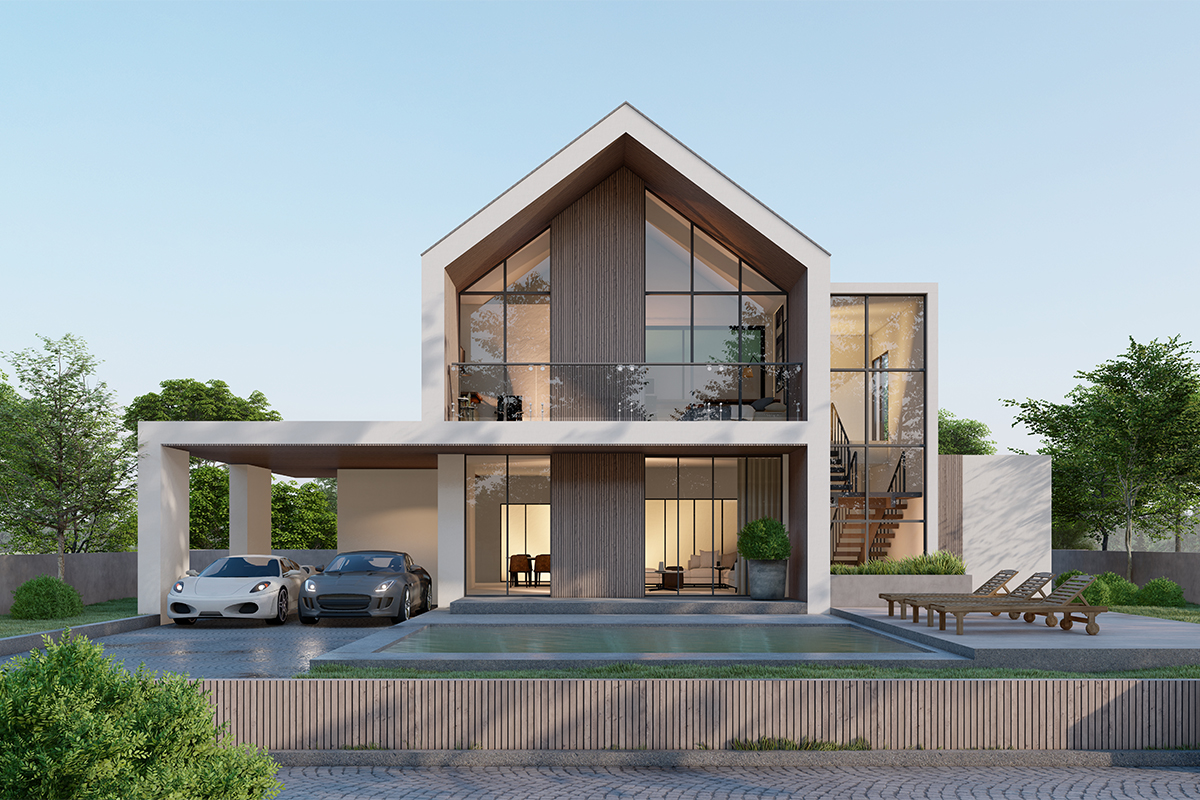Innovative Design Strategies for Sustainability
Innovative design is the backbone of sustainable communities. Architecture firms in Trivandrum adopt integrated strategies that reduce operational energy demand, conserve resources, and prioritize the use of eco-conscious materials. Thoughtful site planning and passive design are often the first steps—orienting buildings for daylight, leveraging natural ventilation, and using shading devices to lower cooling loads.
Practical measures commonly used by these firms include:
- Passive solar design, natural ventilation, and green roofs to cut energy consumption and improve comfort.
- Rainwater harvesting and water-efficient fixtures to minimize freshwater use and reuse stormwater onsite.
- Locally sourced, low-embodied-carbon materials that reduce transport emissions and support regional economies.
Notable projects in Trivandrum illustrate how functionality and aesthetics can coexist with environmental responsibility. By integrating renewable energy systems—such as rooftop photovoltaic arrays—and smart building technologies, these firms are setting benchmarks for sustainable living across Kerala’s capital.
Collaboration and Community Involvement
True sustainability extends beyond technical solutions; it requires social buy-in. Leading architecture practices actively involve communities during the design process through workshops, interactive design sessions, and surveys. This participatory approach uncovers local insights—cultural patterns, daily routines, and priorities—that guide design decisions so projects better reflect the identity and needs of residents.
This collaborative process builds trust and a sense of ownership among stakeholders, increasing the likelihood of long-term maintenance and behavioral change. When residents have a voice in shaping their environment, designs become more practical, accepted, and resilient. Aligning sustainability goals with local values creates spaces that feel authentic and endure over time.
Future Trends in Sustainable Architecture
Sustainable architecture is evolving rapidly as new technologies and methods mature. Architects in Trivandrum are adopting forward-looking practices to make communities more adaptive to climate change while enhancing livability. Key trends include the integration of smart grids and energy-efficient systems that optimize consumption and balance supply with demand.
- Modular and prefabricated construction: reduces material waste, shortens timelines, and improves quality control.
- Advanced low-impact building materials: such as recycled aggregates, engineered timber, and low-VOC finishes.
- AI-driven predictive analytics: for resource management, maintenance forecasting, and resilience planning.
By adopting these innovations, architects ensure that communities are prepared for future challenges—improving energy resilience, lowering operational costs, and enhancing overall comfort.
A Step Toward Sustainable Living: Graphite Homes
Graphite Homes is an example of how sustainable principles can be integrated into contemporary residential architecture. With a focus on energy efficiency, eco-friendly materials, and community-oriented spaces, the firm’s projects showcase pragmatic, modern solutions that do not compromise environmental responsibility.
Their homes emphasize natural lighting, cross-ventilation, and smart space utilization—measures that reduce energy demand while creating healthy, comfortable interiors. Graphite Homes demonstrates that sustainable housing can be desirable, affordable, and replicable across Trivandrum’s growing neighborhoods.
Conclusion
The role of architecture firms in shaping sustainable communities has never been more important. The best firms in Trivandrum exemplify how thoughtful design can balance functionality, aesthetics, and environmental stewardship. Through innovative strategies, deep community engagement, and adoption of emerging technologies, they are laying the foundations for greener, more resilient cities. By prioritizing sustainability at every stage—from site selection and materials to systems and social participation—architects in Trivandrum are helping communities thrive today and adapt for tomorrow.
